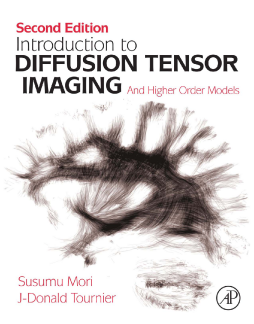
Additional Information
Book Details
Abstract
The concepts behind diffusion tensor imaging (DTI) are commonly difficult to grasp, even for magnetic resonance physicists. To make matters worse, a many more complex higher-order methods have been proposed over the last few years to overcome the now well-known deficiencies of DTI. In Introduction to Diffusion Tensor Imaging: And Higher Order Models, these concepts are explained through extensive use of illustrations rather than equations to help readers gain a more intuitive understanding of the inner workings of these techniques. Emphasis is placed on the interpretation of DTI images and tractography results, the design of experiments, and the types of application studies that can be undertaken. Diffusion MRI is a very active field of research, and theories and techniques are constantly evolving. To make sense of this constantly shifting landscape, there is a need for a textbook that explains the concepts behind how these techniques work in a way that is easy and intuitive to understand—Introduction to Diffusion Tensor Imaging fills this gap.
- Extensive use of illustrations to explain the concepts of diffusion tensor imaging and related methods
- Easy to understand, even without a background in physics
- Includes sections on image interpretation, experimental design, and applications
- Up-to-date information on more recent higher-order models, which are increasingly being used for clinical applications
"Mori and Tournier explain a type of diffusion magnetic resonance imaging (MRI) that is based on tensor calculation, called diffusion tensor imaging, which can be used to obtain quantitative parameters to describe diffusion anisotropy and fiber orientation in the brain. Their topics include the anatomy of diffusion measurement, principles of diffusion tensor imaging, the mathematics, practical aspects, new image contrasts, high angular resolution diffusion imaging…"--ProtoView.com, January 2014
